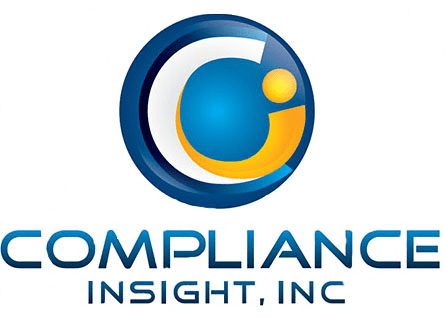
The last thing Quality Management wants to see on an inspection report is “Your firm failed to establish and follow written procedures…” but so many firms, large and small, are finding that establishing and following written procedures are both daunting tasks. Perhaps establishing and updating procedures is a focal point for your company, especially with a robust CAPA and Change Management program, but vigilance on following and enforcing those procedures can be draining on management as well as your quality assurance team.
Here is something to remember: You are NOT alone! Even the most diligent Quality System in the pharmaceutical, biotechnology, medical device and clinical research arenas have been cited for failure to follow procedures. This is a large maze to traverse and keep intact at the same time.
Some helpful tips to ensure success in your documentation practices:
- Stay current with FDA guidance documents – these documents are available on the FDA website in draft form prior to approval, it may help to appoint a QA representative to check regularly.
- Your QA unit must always be the final approvals for procedures – QA is your last line of defense prior to the customer/market, they are also your internal FDA experts along with Regulatory Affairs
- Internal Audit, Audit, Audit… – Internal audits should be structured, rigorous and procedurally driven, most importantly they should be documented!
- Nearly every procedure should have a documentation step – I honestly can’t think of one procedure that doesn’t require documentation, even if it is only to say that training has occurred
- Thorough training – Pre-implementation, Post-change approval, and recommended annually
References:
- World Health Organization (WHO) Training Presentation: Good Documentation and Quality Management Principles by Vimal Sachdeva, 2011.
- Compliance Insight, Inc. Presentation: Top 22 Tips for Writing for FDA Compliance by Troy Fugate, available on YouTube published May 30, 2013.
#documentation
